Broccoli cultivation methods and precautions
Last Update :2024.05.07
Article Catalog
3. Problem diagnosis and treatment
Soil: Broccoli is suitable for growing in acidic soil with good drainage. You can use a mixture of organic fertilizer and soil to prepare the soil. Moisture: Watering should be regular, usually every 5-6 days, and it should be drained frequently during the rainy season. Nutrients: A lot of nutrients are needed during the rosette stage and the bulb expansion stage. Foliar fertilizer should also be sprayed while fertilizing. Light: Suitable light can promote better growth, but strong sunlight requires shade.

1. Maintenance methods
1. Maintenance method
1. Substrate selection: Broccoli will grow well in acidic soil that is loose, breathable and well-drained. You can mix bean dregs, animal manure or leaf mold with the soil. After mixing and planting, nitrogen fertilizer can also be added to increase soil fertility.
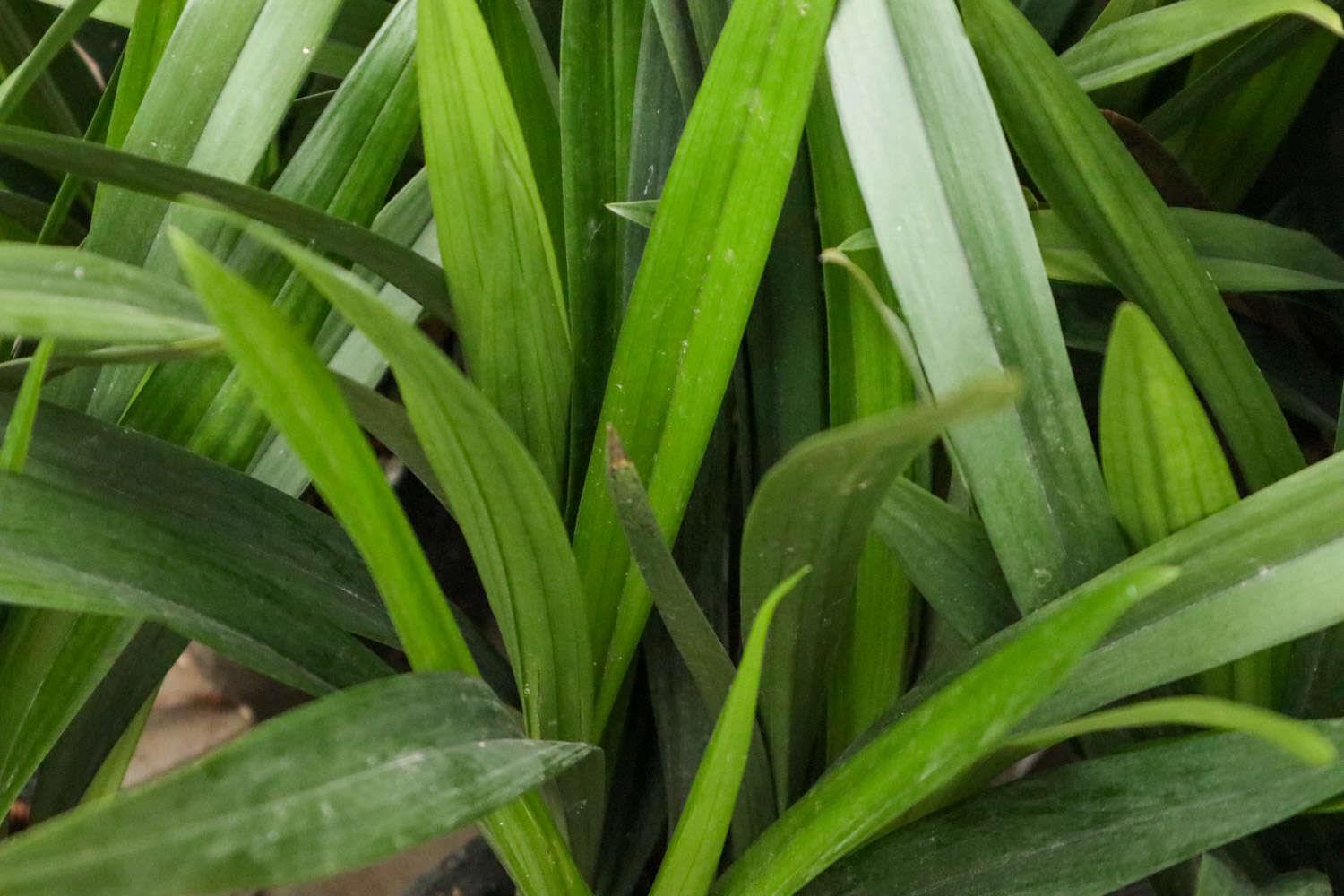
2. Water management: Planting broccoli requires soil conservation In humid but not stagnant conditions, it is recommended to water every 5 to 6 days. When it is dry and does not rain, increase the frequency of watering depending on the situation to keep the soil moist. When there is heavy rain, drain water frequently to prevent broccoli from getting sick.
3. Nutrient management: Apply nitrogen fertilizer and potassium chloride two to three times during the rosette stage. Phosphorus fertilizer and nitrogen fertilizer need to be applied during the curd expansion stage. Foliar fertilizers can be sprayed with boron, molybdenum, magnesium and other trace elements.
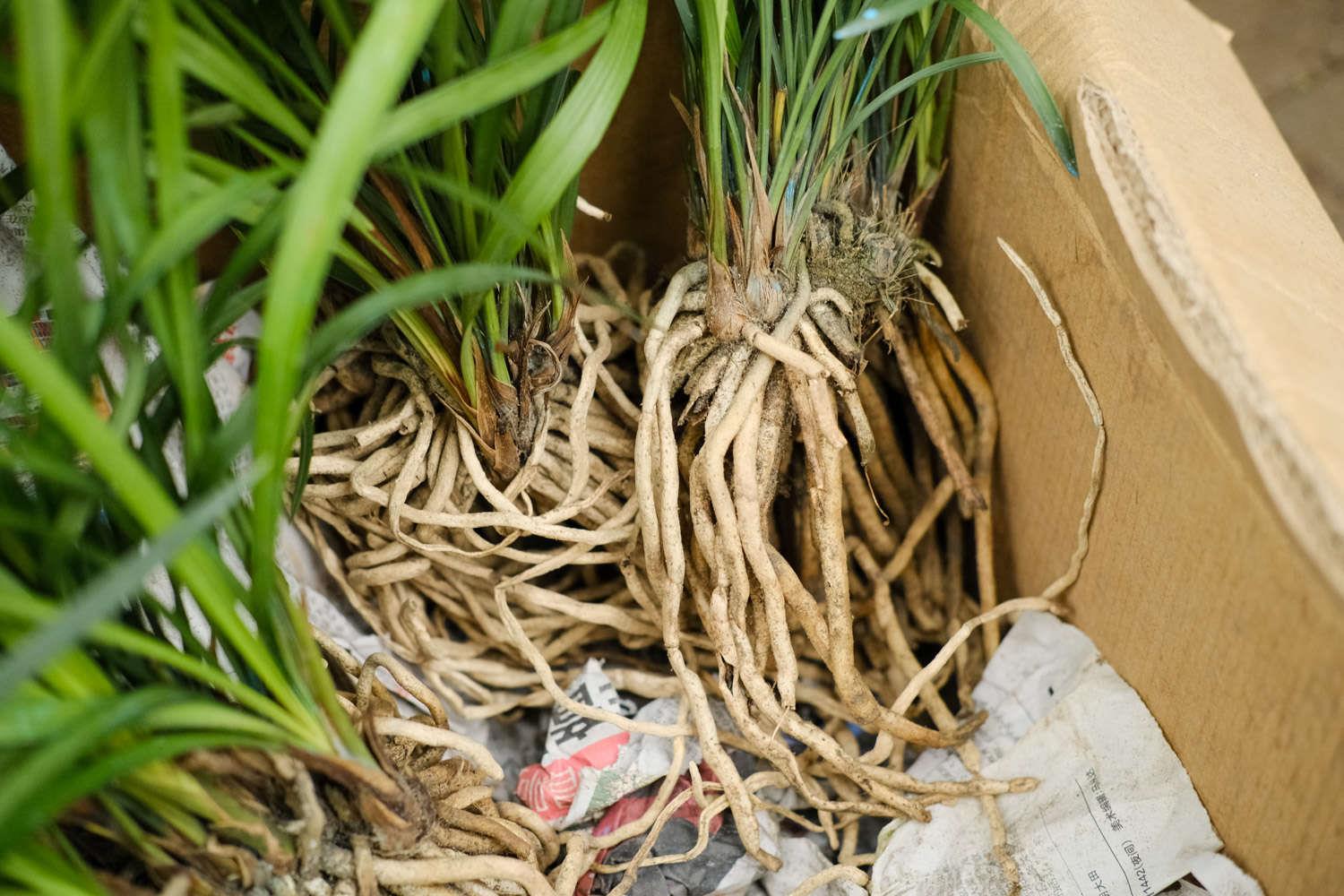
4. Light management: Broccoli likes to grow in sunny places In a place where sufficient light can promote photosynthesis of broccoli, it can not only produce sufficient nutrients for the plant, but also make the surface of broccoli greener and more beautiful in appearance. In summer, the sunlight is strong, so sunshade measures must be taken.
2. Breeding skills
1. Sowing: When sowing broccoli outdoors, dig a 1.3 cm hole every 8 to 14 cm, and then sprinkle a little bit of it into the hole. Cover the seeds with a thin layer of soil and water them promptly after sowing.
2. Summer: The best growth temperature for broccoli is 14°C to 24°C. Too high a temperature is not conducive to its growth. In summer, the light is strong and requires shading. Drainage should be done promptly after heavy rainfall to prevent it from rotting.
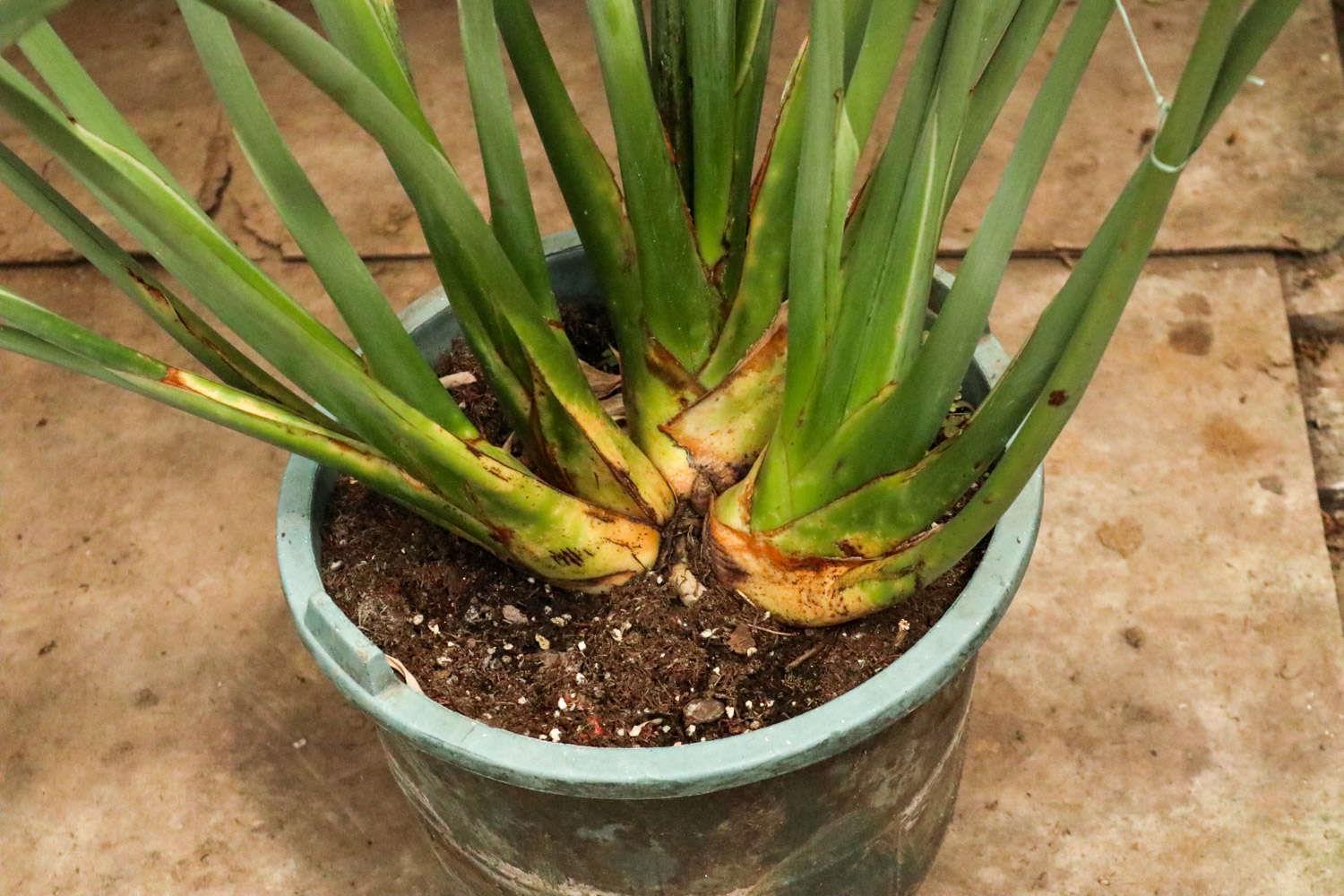
3. Problem diagnosis and treatment
1 , Soft rot: It is easy to occur when there is a lot of rain or stagnant water. Bacteria will enter from the wounds in the roots, leaves and other parts, causing the plant to gradually rot. Drainage should be done frequently in summer. After the disease occurs, streptoxin sulfate can be mixed with water and sprayed.
2. Cabbage caterpillar: The cabbage caterpillar mainly feeds on leaves. In severe cases, it will eat the entire leaf, and its feces will also affect the sale of broccoli. After discovery, it is recommended to mix caterpillar fungus No. 6 with water and spray it evenly on the plants.
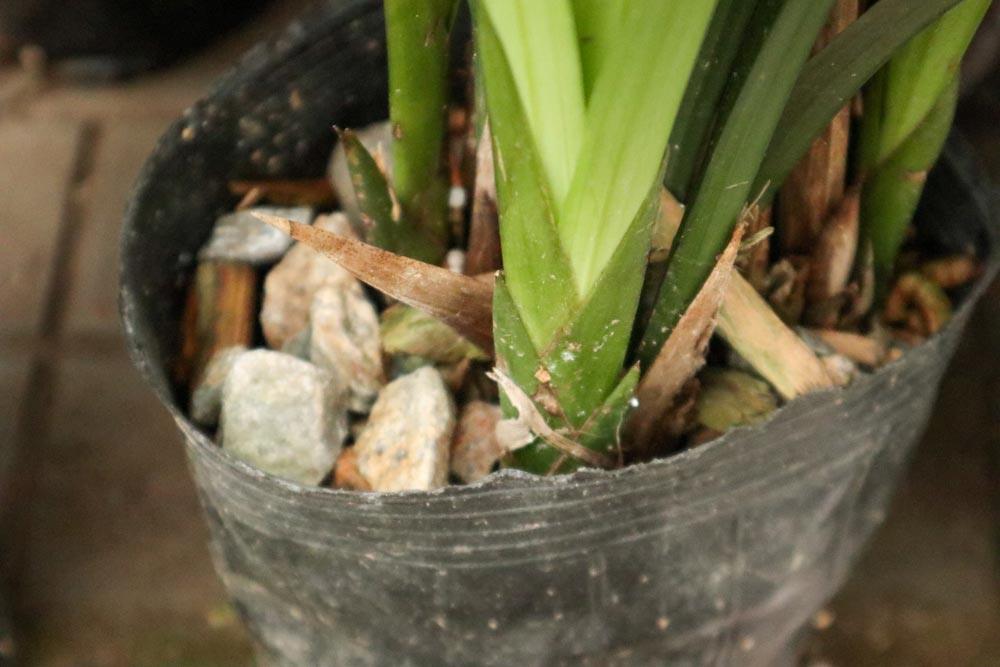
IV. Other issues
1 , Is it toxic: non-toxic. The broccoli you buy should be eaten as soon as possible. If you can't finish it, it is recommended to blanch it or seal it with plastic wrap.
2. Can it be grown in water? It cannot be grown in water. Broccoli is susceptible to soft rot when there is a lot of water, so it cannot be grown hydroponically.
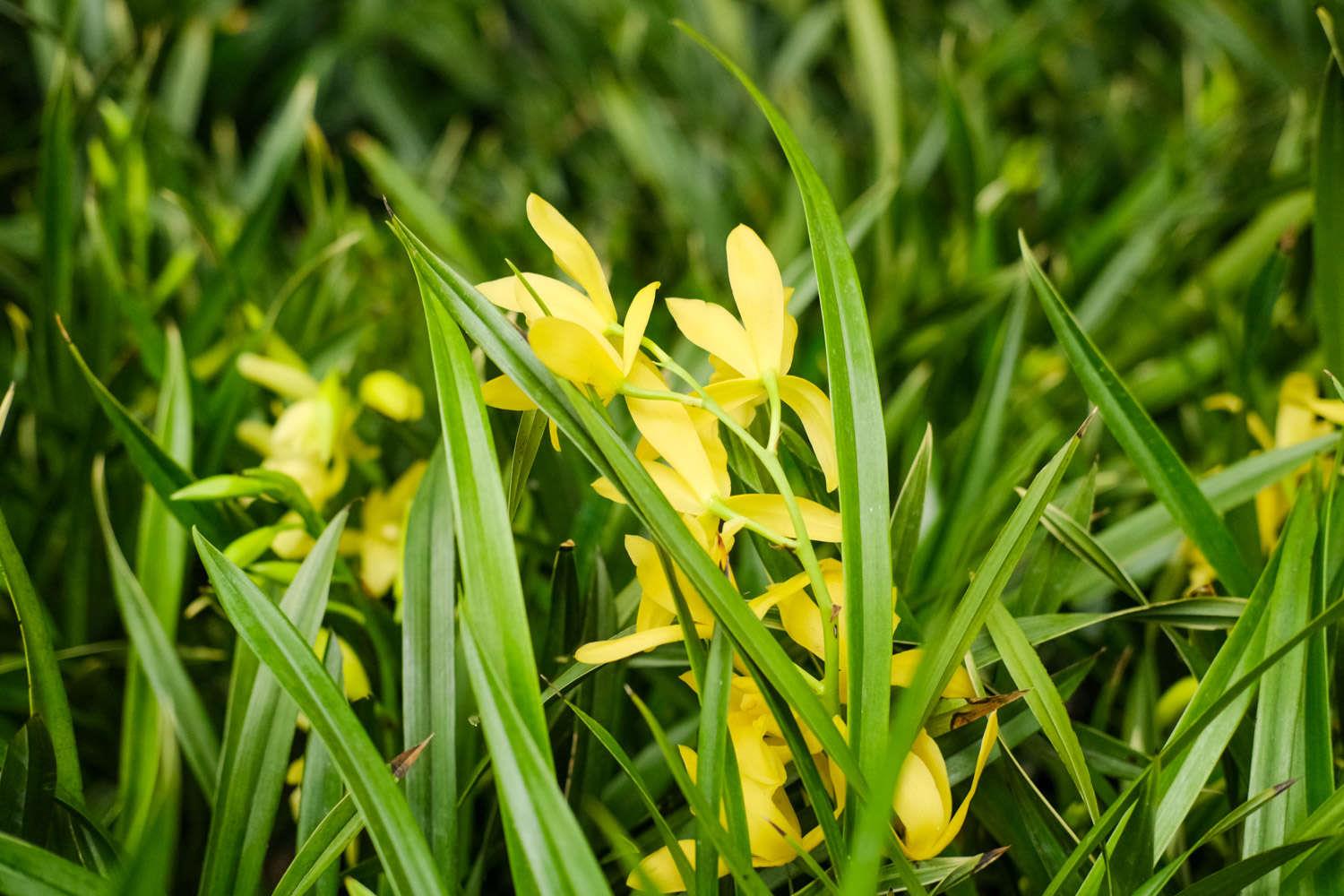
2. Breeding skills
3. Problem diagnosis and treatment
4. Other issues
- END -
Artemisia annua cultivation methods and precautions
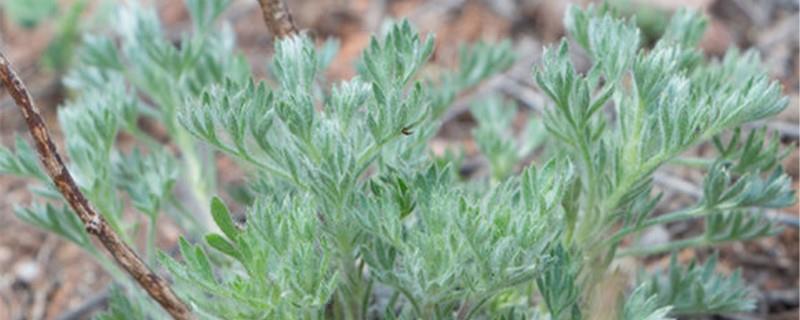
Temperature: Because Artemisia annua does not grow well in low-temperature environ...
How to care for Jianqiuluo
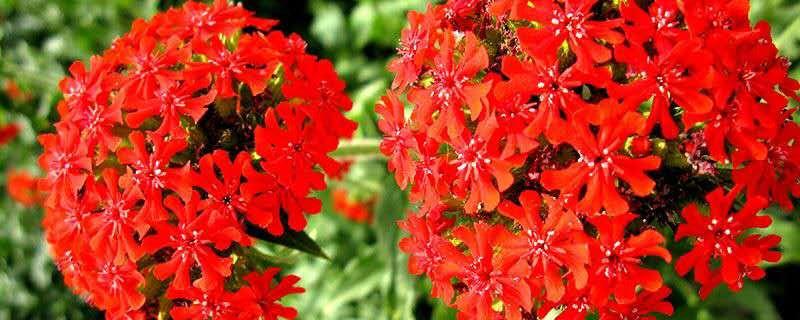
Temperature: The suitable temperature for growth is between 15°C and 35°C. Altho...